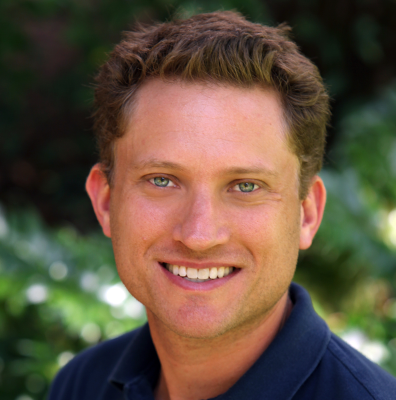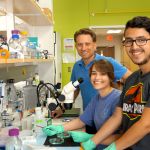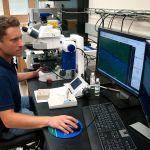
Michael R. Drew, PhD
Assistant Professor
Center for Learning and Memory and Department of Neuroscience
College of Natural Sciences
UT Austin
As a teacher of neuroscience, my first goal is for my students to develop a deep understanding of core principles of the nervous system that apply across different anatomical regions, species, and developmental stages. But an equally important goal is for students to learn to think and communicate like scientists. To me, thinking like a scientist means using data, experimentation, and observation to figure out how systems work. Communicating like a scientist means being able to clearly articulate how experiments and data support or refute a particular view, and being able to respond dispassionately to those who hold a different view. To achieve all of these goals, courses need to challenge students to apply what they’ve learned, plumb the limits of their knowledge, and interact with instructors and peers in the service of problem solving.



